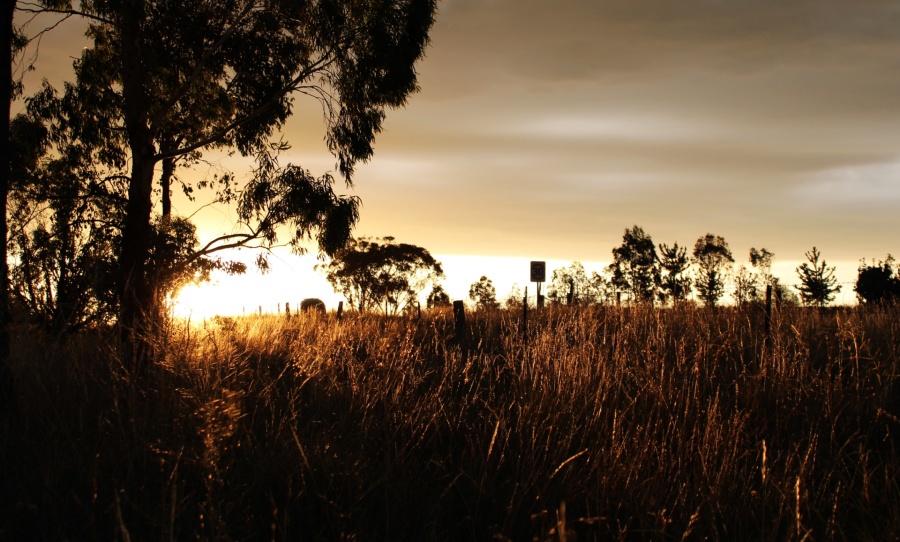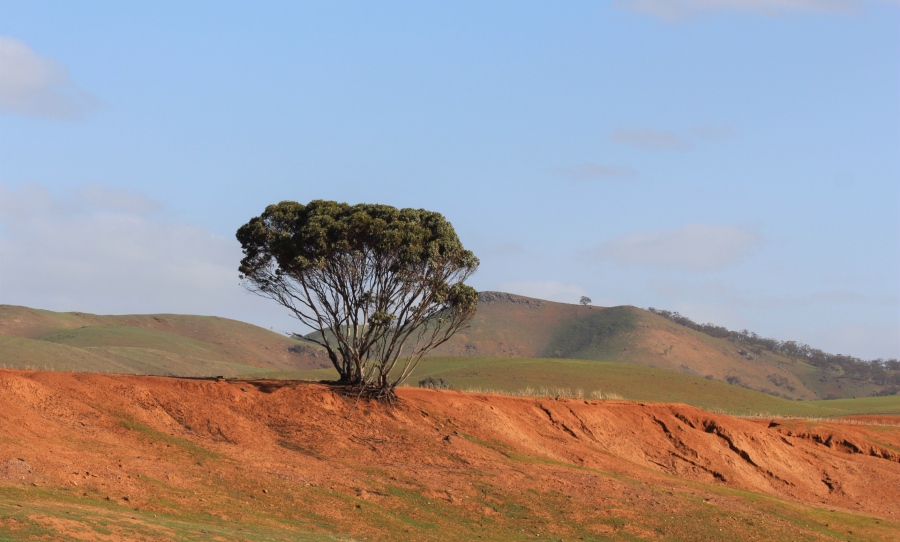Despite the Bureau of Meteorology (BOM) forecasting an extremely wet winter, it seems the predictions haven’t completely come to fruition – at least not yet.
According to BOM’s climate statement for July, rainfall was down 43% below average across the country, making it the 19th driest July since the beginning of records in 1900.

Bad news for farmers: BOM has reported that last month was one of the drier Julys on record for much of Australia, with rainfall 43% below average.
According to BOM, the news continues a long-term dry trend caused by rising greenhouse gas emissions. The lack of rainfall was most evident across the south of the country, from WA to south-west of NSW and the majority of VIC. Tassie also had its second-driest July ever, coming in just behind the year 1957.
For Australia as a whole, #July days were warmer than average.
Australia was also drier than average with rainfall 43% below average, although areas of eastern Victoria and coastal NSW had above average rainfall.
Read the full climate summary here: https://t.co/Vk3YFwOvmM pic.twitter.com/qOoDI11XQB
— Bureau of Meteorology, Australia (@BOM_au) August 3, 2020
The only places that appeared to buck the trend were the east of VIC and the south coast of NSW, which both experienced significant rain in the last week of July. In contrast, some of these places actually had their wettest July day for more than 20 years.
Yet it’s not all doom and gloom: the last two days brought some good news for WA, which saw some parts receiving much-needed rainfall. Areas between Albany and Ravensthorpe on the south coast even saw their first significant rain in years.
Good news for WA who have seen some very welcome rainfall in the last 48 hrs👏—the low will move east this week delivering variable rainfall across the nation. View your local observations here: https://t.co/EQEEZGB7qP #rain #winter pic.twitter.com/U9RO3XTJps
— Bureau of Meteorology, Australia (@BOM_au) August 4, 2020



